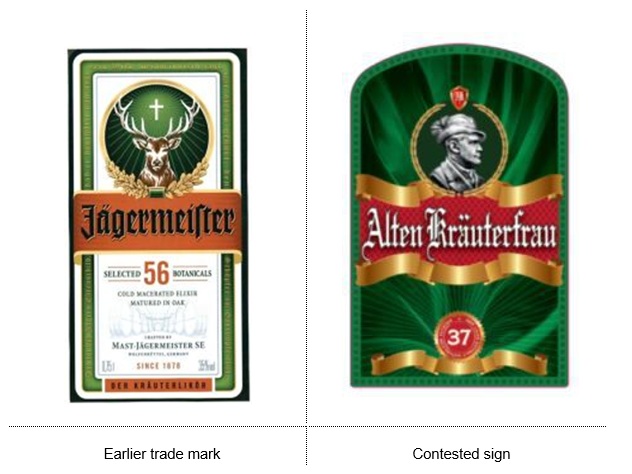
As and from 1 October 2014, the Office of Harmonization in the Internal Market (OHIM) will begin examining the classification of international registrations designated in the European Union (EU), for vague terms. This change brings OHIM's practice into line with that of EU national and regional IP offices, as previously outlined in the Common Communication on the implementation of IP Translator (Case C-307/10).
For more information follow the link: https://oami.europa.eu/ohimportal/en/change-in-examination-of-international-registrations-designated-in-the-eu
Read more about Change in examination of international registrations designated in the EU